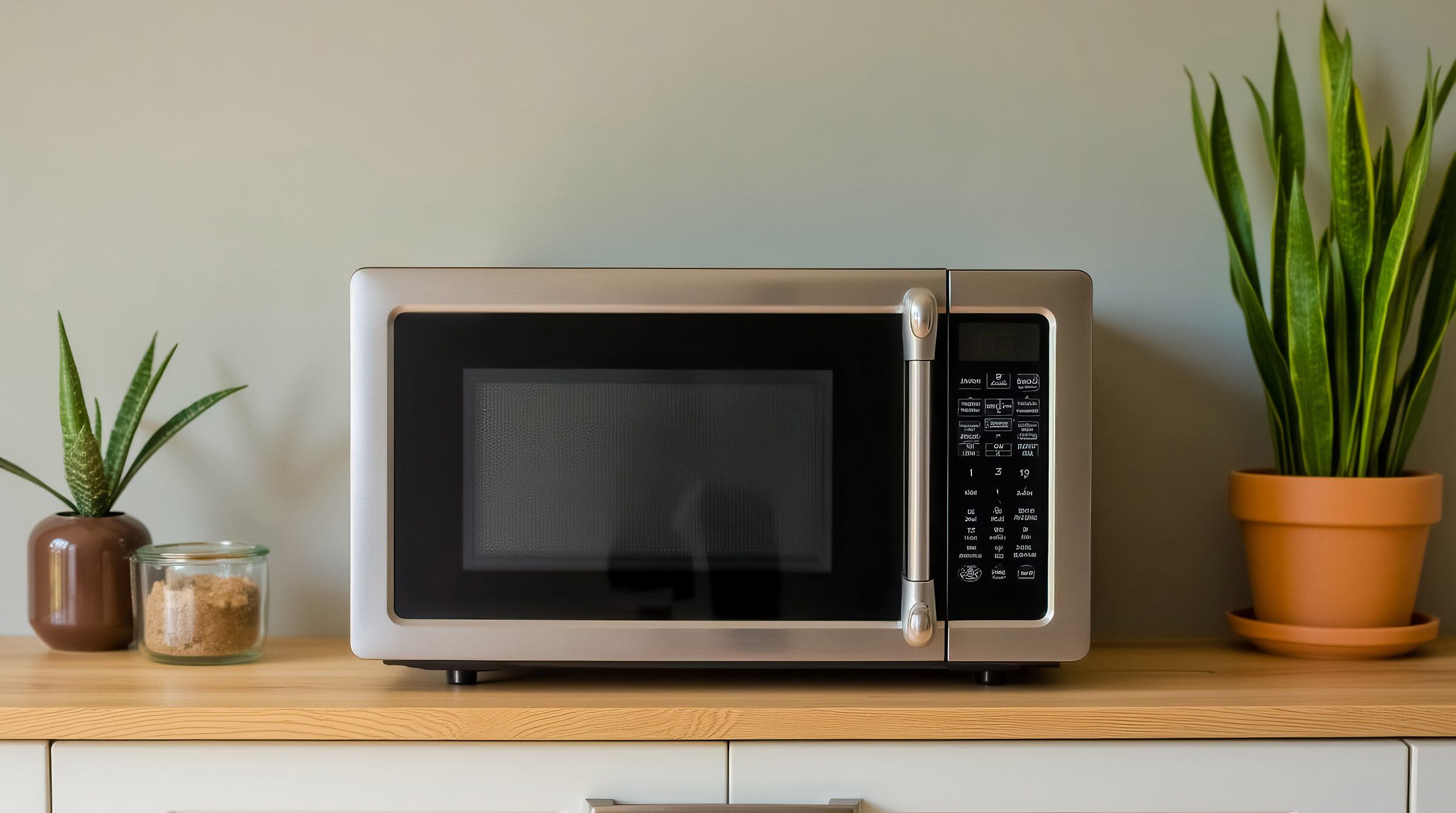
THE PRODUCT:
Microwave ovens cook or heat food and beverages by converting electricity to microwave radiation to heat water molecules within the substance.
THE STANDARD:
The current standards for microwave ovens took effect in 2016. The standards specify a maximum standby power of 1 watt for microwave-only ovens and countertop combination microwave ovens and 2.2 watts for built-in and over-the-range combination microwave ovens.
DOE finalized amended standards in 2023, which require compliance starting June 22, 2026. The updated standards specify a maximum standby power of 0.6 watts for microwave-only ovens and countertop combination microwave ovens and 1.0 watt for built-in and over-the-range combination microwave ovens.
KEY FACTS:
As of 2020, more than 96% of US households owned a microwave. The standby mode power consumption of microwave ovens can be reduced by including lower-power display options; cooking sensors with no standby power requirement; and improved power supply and control board options.
Filings
ASAP Press Releases
Reports
Standards in the News
Timeline
| Federal | Date |
| 2nd Federal Standard Effective | 2026 |
| 2nd Federal Standard Adopted | 2023 |
| 1st Federal Standard Effective | 2016 |
| 1st Federal Standard Adopted | 2013 |
| NAECA Initial Federal Legislation Enacted | 1987 |